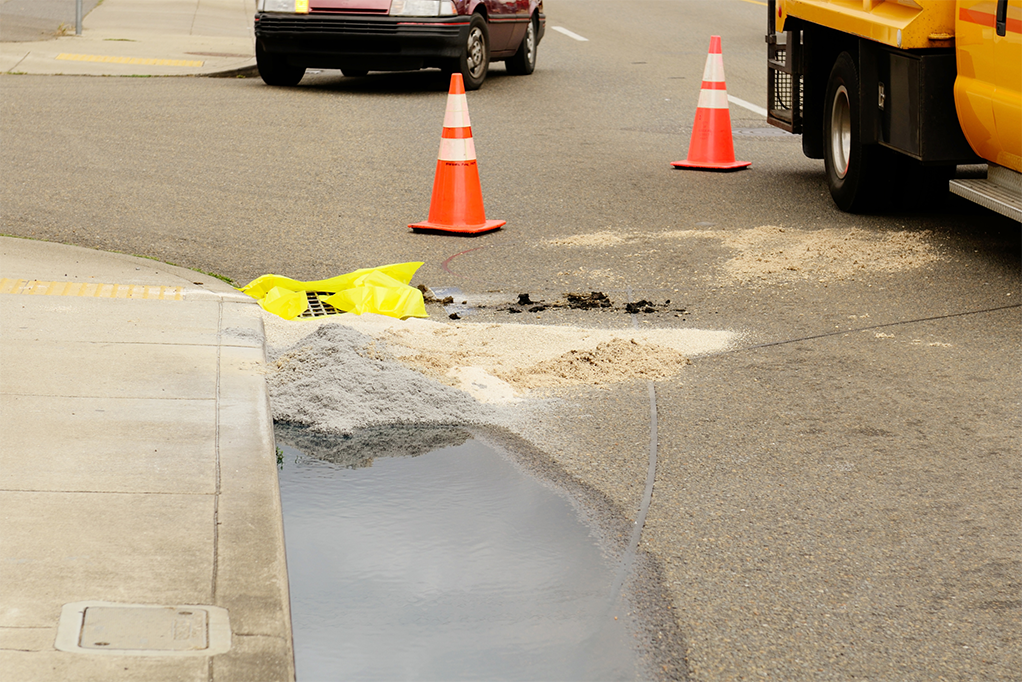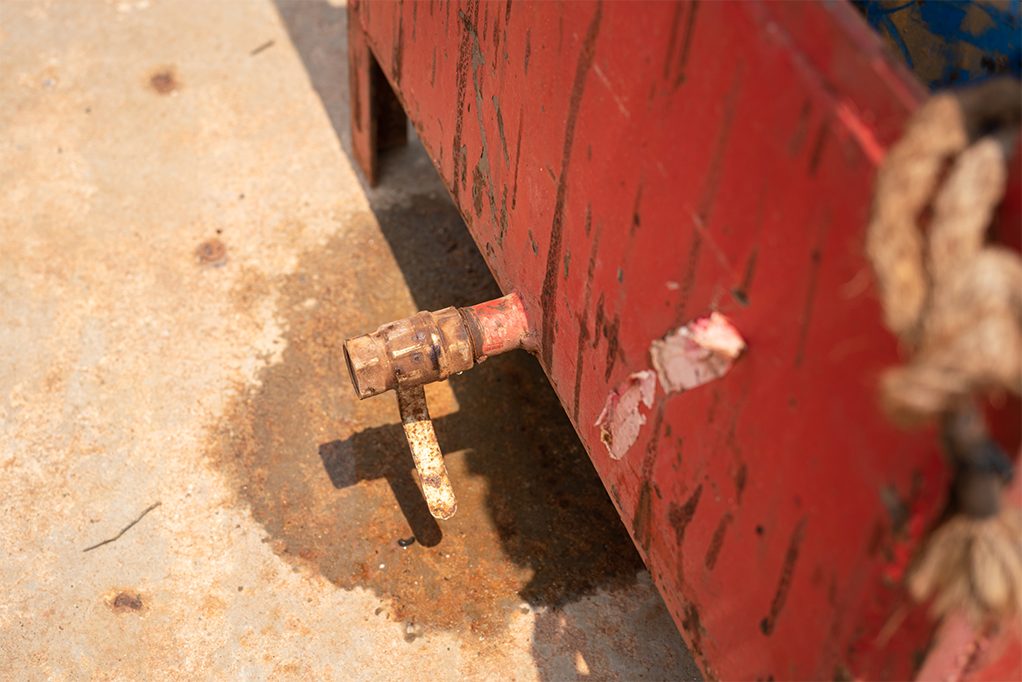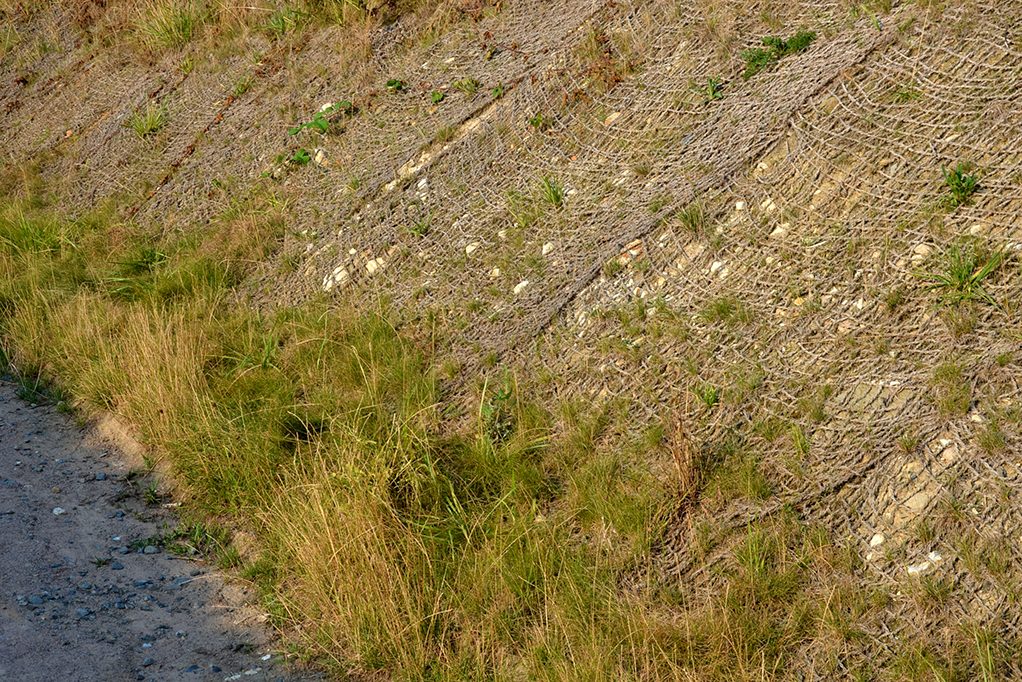Understanding MS4 Permit Training Requirements Every MS4 permit is slightly different, but they all follow the Environmental Protection Agency (EPA) guidelines. This means that all MS4 permits include instructions and requirements on the Minimum Control Measures (MCM). For MS4s that fall under the small MS4 permits, there are 6 Minimum Control Measures that must be […]
Category: Uncategorized
8 Common Questions on the MS4 Stormwater Inspection Form Municipal inspections nationwide are beginning to be the norm for permitted sites discharging stormwater that have 1 acre or greater of disturbance or are part of a common plan of development. Below are 8 common questions often part of a comprehensive regulatory MS4 inspection report. 1.
8 Common Questions on the MS4 Stormwater Inspection Form | ComplianceGORead More »
10 Ways to Prepare for Rain and Monsoon Seasons
5 Innovative Technology Ideas for Stormwater Businesses As our society continues to urbanize with increasing population densities, ongoing private sector development and construction services will need support from stormwater/erosion and sediment control businesses to maintain clean sites, water quality, and fish and wildlife habitats. Innovation through technology provides a smarter and more sustainable future for
5 Innovative Technology Ideas for Stormwater Businesses | ComplianceGORead More »
8 Responsibilities of Phase II MS4s on Construction Sites Managing and Tracking Active NOI CGP Permits MS4s have the responsibility to track new NOIs as they are filed and ensure the appropriate projects have NOIs. They are also responsible for confirming Notices of Termination as well as assisting the permittee in closing out permits on
8 Responsibilities of Phase II MS4s on Construction Sites | ComplianceGORead More »
How to Manage a SWPPP Map Effectively SWPPP Map Considerations Stormwater maps may be one of the first things a regulator will look at. You will need one map or a series of maps depending on the complexity of the site. You need a map or maps showing the existing conditions of the site. These
How to Manage a SWPPP Map Effectively | ComplianceGORead More »
Why do I Need Another Map in my SWPPP? Long-Term Stormwater Management SWPPP Map Considerations A map is needed, in addition to your current SWPPP, showing the post-construction or long-term stormwater management of the site. Here is a list of things your map should include: The map needs to show what will be on site
Why do I Need Another Map in my SWPPP? | ComplianceGORead More »
How to be SWPPP Compliant with On-Site Storage Fertilizers Where fertilization is necessary, always follow these restrictions: Apply the fertilizer according to the manufacturer’s specifications.Apply at the appropriate time of the year.Avoid fertilizer use prior to heavy rain.Never apply fertilizer to frozen ground.Never apply to conveyance channels with flowing water.Be sure to sweep off sidewalks
How to be SWPPP Compliant with On-Site Storage | ComplianceGORead More »
How to Handle Dangerous Substances on Site Oils, Vehicle Maintenance, and Fluids When the construction site has fuels, oils, and vehicle maintenance fluids on site, there are specific stormwater BMPs and SWPPP regulations that should be followed: Ensure BMP specifications are included in the StormWater Pollution Prevention Plan, or SWPPP, for oil and fuel storage
How to Handle Dangerous Substances on Site | ComplianceGORead More »
Improper Chemical Handling Can Lead to Environmental Damage Environmental damage is completely avoidable with the right planning and tools. We will discuss chemical treatments as a needed erosion control BMP and what resources to consult when using them. Chemical Treatments Treatment chemicals should only be used if conventional BMPs are ineffective to protect against erosion.
Improper Chemical Handling Can Lead to Environmental Damage | ComplianceGORead More »










